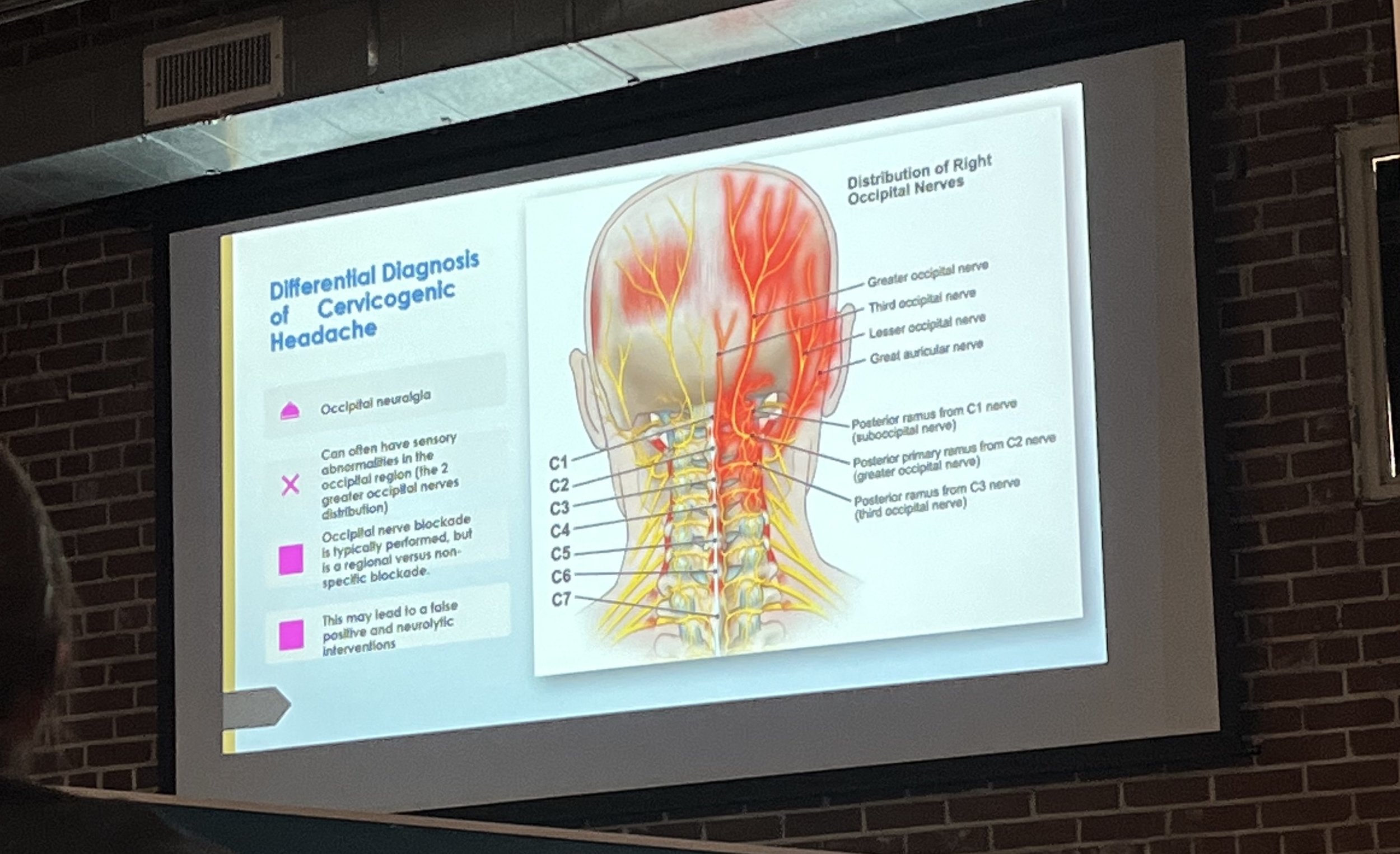The human body is remarkably intelligent; it’s a symphony of systems that work harmoniously together to produce your daily experience. When that system is compromised and the balance of function is affected, your body is efficient at compensating in order to maintain function. In the case of a new, acute injury, understanding the symptoms and the origin of the dysfunction is the best way to restore full function.
This weekend, Dr. Tae traveled to Atlanta, Georgia for a three-day course with the American Academy of Manipulative Therapy to develop new evaluation techniques, discuss the most recent developments in differential diagnosis, and continue to develop and fine-tune diagnostic skills.
A good automobile mechanic has the ability to accurately diagnose, test, and repair the issue at hand. Differential diagnosis is the process by which a medical practitioner collects data through conversation and functional testing to develop an understanding of a patient's body and symptoms. Osteopractors’ subspecialty training enhances their ability to apply knowledge of anatomy and biomechanics in order to provide targeted intervention using a specialized skill set through which meaningful improvement is quickly realized.
Much like the “check engine light” turning on in a vehicle, pain and dysfunctional movement patterns are an indicator that something is wrong. The root cause may still be unclear. Osteopractic training strengthens the process of differential diagnosis, leading to specificity and full understanding of the problem. Understanding the correct WHAT and determining the WHY allows for the selection of optimal treatment.
If your “check engine light” is on, drive on in to Precision Osteopractic with our easily self-scheduling platform at PrecisionOPT.com.




